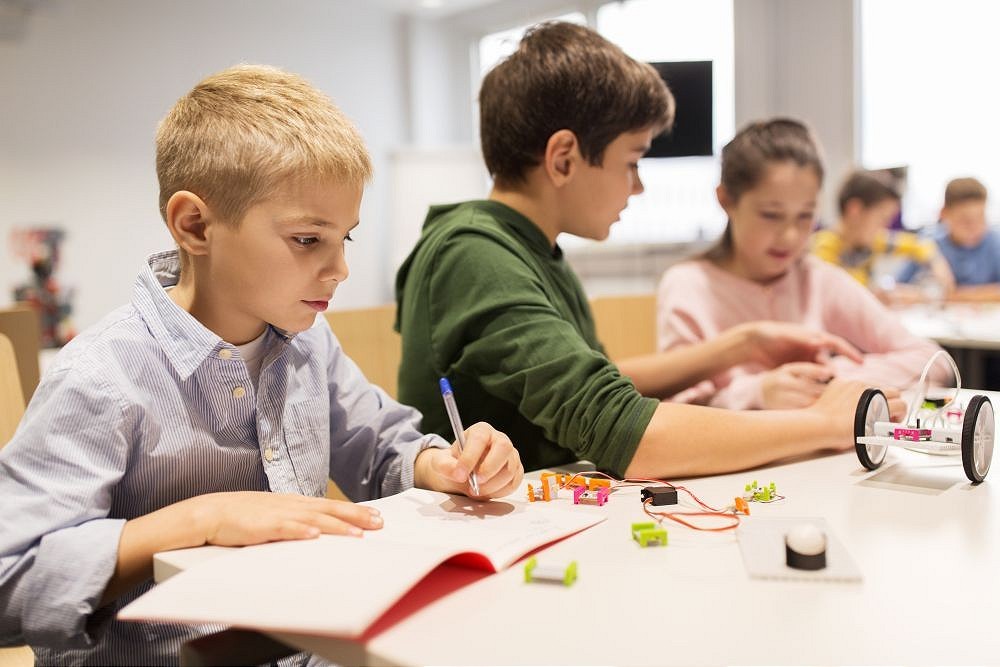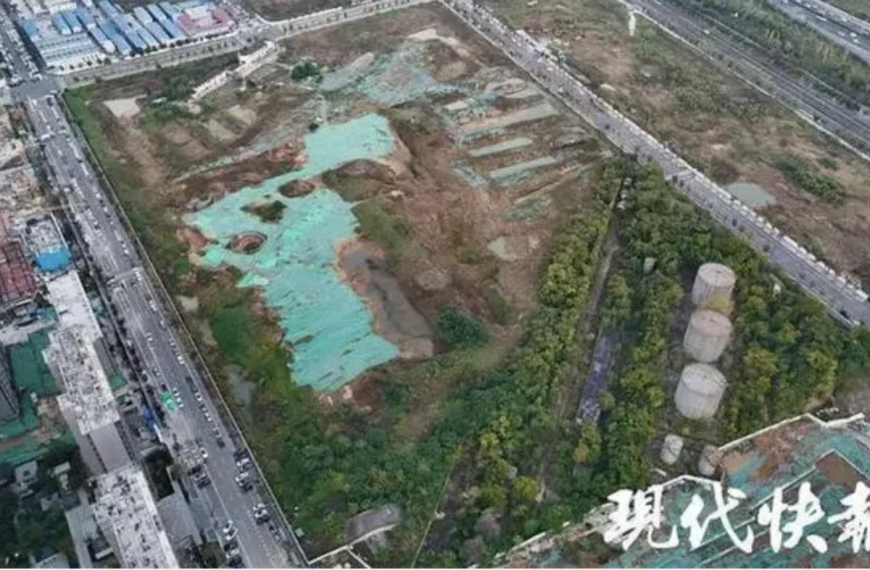情境示意圖,與新聞當事者無關。圖/Ingimage
Using A.I., Nevada Finds Fewer ‘At-Risk’ Students
內華達州藉AI篩選需幫助學生 卻漏掉更多人
Nevada has long had the most lopsided school funding in the country. Low-income districts there have nearly 35% less money to spend per pupil than wealthier ones do — the largest gap of any state.
長期以來,內華達州擁有全國最不平衡的學校經費,當地低收入學區花在每名學生的經費,比較富裕學區少了將近35%,這是任何州的最大差距。
A year ago, Nevada set out to improve on that dubious status with some help from artificial intelligence provided by an outside contractor. Instead, it set off an uproar.
一年前,內華達州靠著一家外部承包商提供人工智慧的一些幫助,著手改進這個可疑狀況,但此舉反倒引起一片譁然。
The AI system calculated that the state’s previous estimate of the number of children who would struggle in school was far too high. Before, Nevada treated all low-income students as “at risk” of academic and social troubles. The AI algorithm was more complex — and set a much higher bar.
AI系統算出,該州原先對學業可能表現困難的孩童人數估計過高。此前,內華達州將所有低收入學生視為「有風險」遭遇學業和社會困難。AI演算法更加複雜,並且設定一個高得多的標準。
It weighed dozens of factors besides income to decide whether a student might fall behind in school. And when the calculations were done, the number of students classified as at risk plummeted to less than 65,000, from more than 270,000 in 2022.
該系統衡量收入之外的數十個因素,以決定一名學生是否可能學業落後。而當計算完成時,被列為有風險的學生人數,從2022年的超過27萬,驟降至不到6萬5000。
As a result, many schools saw state money they relied on disappear. Districts scrambled to slash programs and redo budgets.
結果,許多學校發現他們倚賴的州資金消失。各學區手忙腳亂地削減計畫,並且重編預算。
The outcome has horrified many school leaders who believe the number of children in Nevada who need extra support has ballooned, not shrunk, since the pandemic took hold.
這個結果讓許多學校領導人感到驚訝,他們認為,自新冠疫情爆發以來,內華達州需要額外支持的孩童人數已經激增,而非變少。
A year into the state’s embrace of the new system, the high-stakes effort has raised thorny questions about the use AI in school administration and about who should count as an at-risk child in the first place.
該州接受新系統一年後,這項事關重大的行動已引發棘手問題,包括在學校行政使用AI,以及誰應該先被視為有風險孩童。
No other state currently relies solely on the machine-learning system that Nevada uses to identify and provide funds for at-risk children.
目前沒有其他州完全倚賴內華達州使用的機器學習系統,來識別有風險孩童並提供資金。
The program, provided by a company called Infinite Campus, combs through student information, including grade-point average, unexcused absences and discipline incidents, to try to predict which students might struggle to graduate. It weighs factors like how often a guardian logs onto a school portal, the number of parents in a household and which language is spoken at home. It analyzes more than six dozen different characteristics, though how each factor is weighed is kept private.
這個計畫由一家名為Infinite Campus的公司提供,爬梳學生的資訊,包括成績平均績點、無故缺席和違紀事件,試圖預測哪些學生可能難以畢業。該系統衡量其他因素,如監護人有多頻繁登入學校入口網站,一戶家庭中的家長人數,以及在家講哪種語言等。系統分析超過72種不同特徵,但如何衡量每個因素則保密。
The system then pumps out a “grad score” for each student. The lower the number, the greater the chance a child will fail to complete school, according to the model.
系統接著為每個學生算出一個「畢業分數」。根據模型,這個分數愈低,孩童無法完成學業的可能性愈高。
The system labeled children with scores in the bottom 20% as medium to high risk, the category Nevada used to give out money. That reduced the state’s tally by more than 200,000 students.
該系統將分數在倒數20%的孩童標記為中到高風險,即內華達州用於派發資金的類別,這讓該州這類學生減少超過20萬人。
文/Troy Closson 譯/周辰陽
2024/11/06 07:41
轉載自聯合新聞網: https://udn.com/news/story/6904/8332374?from=udn-ch1_breaknews-1-99-news







